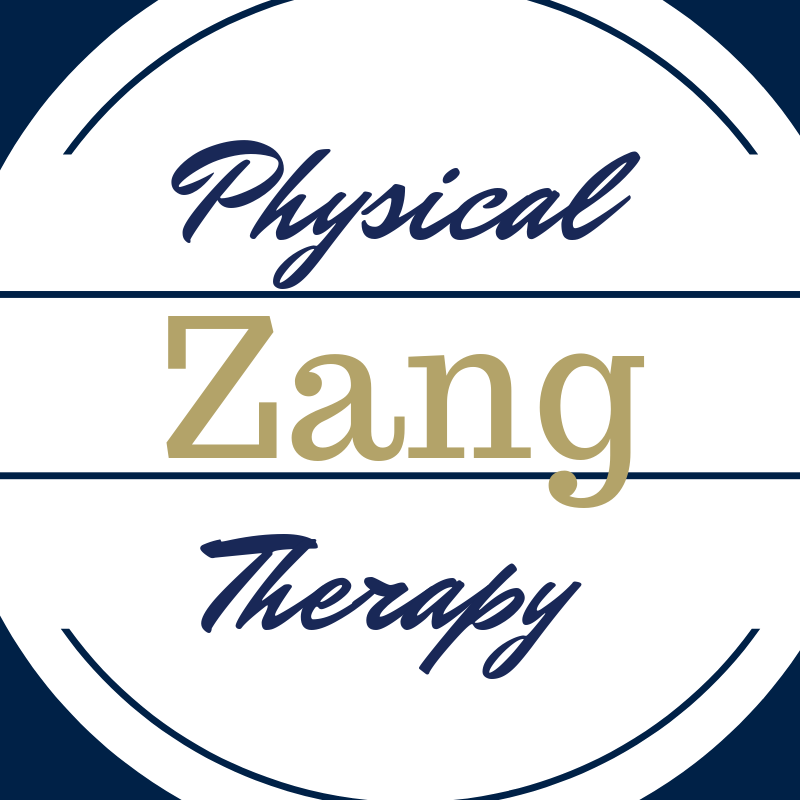Bunions or Hallux Abductus Valgus (technically speaking) is a deviation of the big toe such that a bump or protrusion appears on the inside. In many individuals the big toe will actually point inward toward their other toes when more severe. There are several reasons for this condition to appear, but the good news is it can often be treated successfully (without surgery) if addressed early enough.

Photo by Lamiot
Why does it happen or develop?
The most common reason for bunions to develop is tight or ill-fitting shoes. When a person’s toes are scrunched (pinched inward) into a pair of shoes, deviation of the toes can result. Very often women tend to be more affected than men because of shoe design and in particular heeled shoes that narrow to a point at the toe. While they may be “fashionable”, they tend not to be functional and put the foot at increased risk for deformity years later. The solution here is to wear proper fitting shoes (that do not push the toes inward). If pointed shoes are necessary (for whatever reason), limit time spent in those shoes. Vanity now = pain later.
Once the big toe starts to deviate inward, our body’s mechanics do the rest. The muscles, which lift the big toe then develop an altered angle of pull, further pulling the toe inward. This is where another solution comes into play. A simple toe separator placed between the 1st and 2nd toes can help maintain a better angle of pull of those toe lifters. These toe separators are rather cheap, only a few bucks at your local shoe store. What is a few dollars now compared to an expensive surgery and post surgical pain?
What else can be done to treat bunions?
Addressing stiffness of the ankle, foot, or toes to improve fluidity of walking. This can further reduce strain on the big toe, which can be a factor in the bunion developing. Many people do not think of this piece, but having it treated can be hugely important. Another beneficial treatment includes strengthening of the toe muscles (seems silly but effective).
Many individuals may also have been prescribed orthotics to change the foot pressures with walking. These can be effective but the chance of their success alone is limited. These are most helpful when combined with the above interventions to improve mobility and strength.
If looking to avoid surgery, then all of the above recommendations offer the best chance. In addition, seeking consultation early when you notice a deviation is advised. It is easier to treat a bunion with just a slight deviation versus a large one. Don’t wait until it pains you to walk daily. By then, success without surgery becomes less. Not sure what to do next? How about get your foot looked at and advice on the best steps for you by requesting your very own FREE Discovery Visit. Click HERE to learn more.
